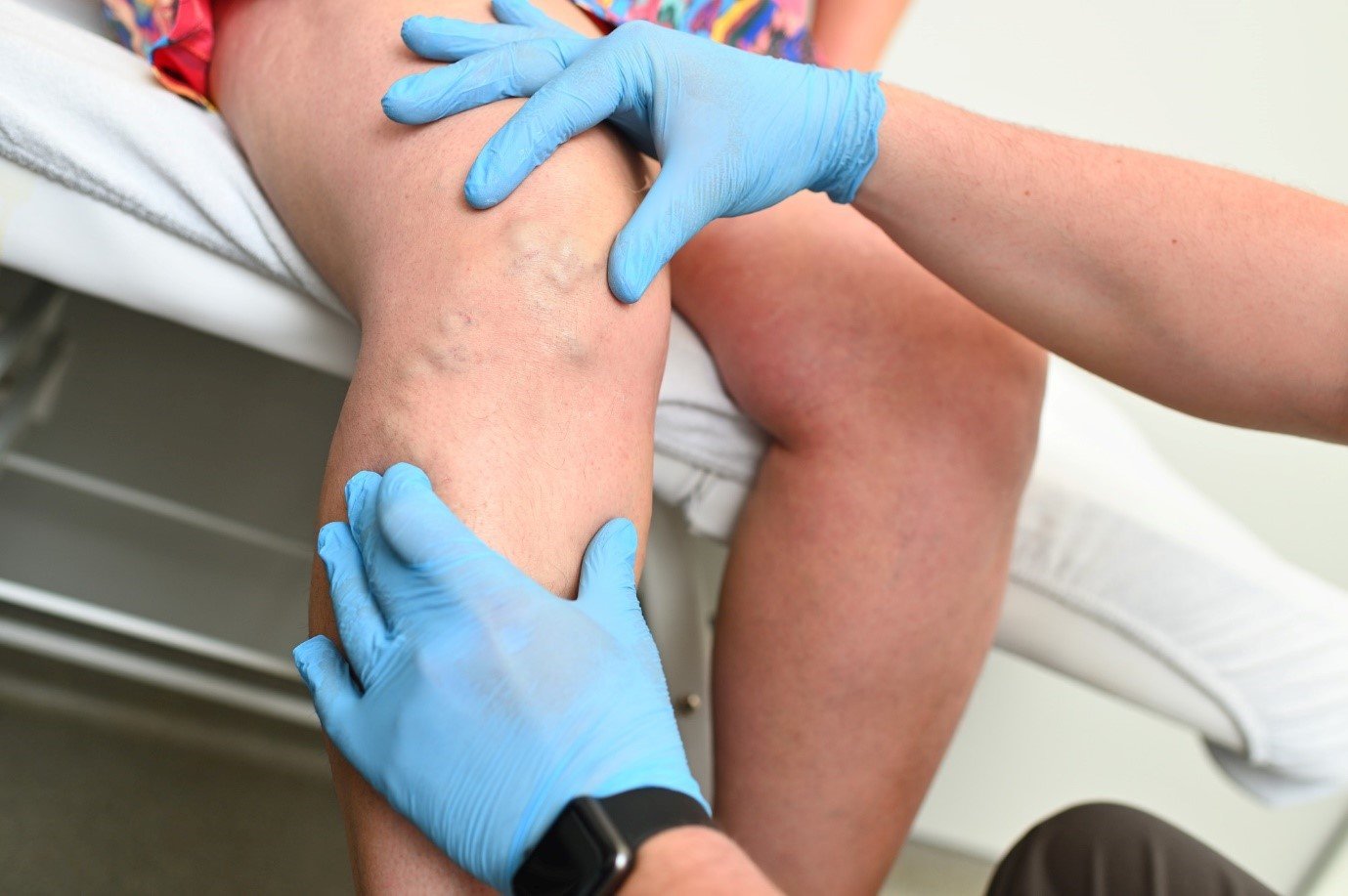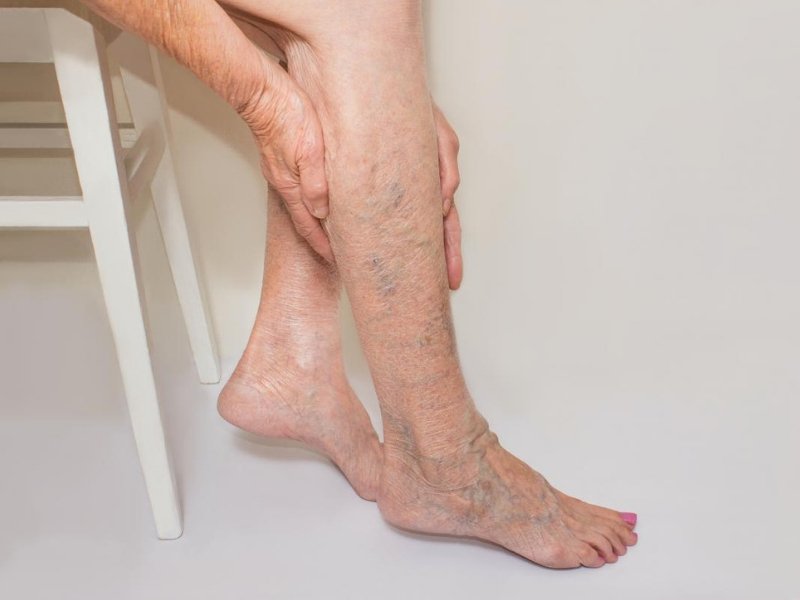Endoveneous Laser Treatment
Endovenous Laser Treatment for the elimination of varicose veins is quickly becoming the gold-standard in the treatment of varicose veins. Endovenous Laser Treatment uses laser energy, which is simply a highly concentrated beam of light. Medical lasers work by delivering this light energy to the targeted tissue with extreme precision, so as not to affect the surrounding tissue. Lasers have proven their safety and effectiveness through years of use in all types of medical procedures, from eye surgery to dermatology. In the hands of a skilled physician, lasers offer far less risk for complications than conventional surgery.
In endovenous laser treatment, a thin fiber is inserted into the damaged vein through a very small entry point in the skin. A laser light is emitted through the fiber, as the fiber is pulled back through the vein, it delivers just the right amount of energy. The targeted tissue reacts with the light energy, causing the vein to close and seal shut. The veins that are closed are superficial veins that handle less than five percent of the body’s blood flow. The blood is automatically routed to other, healthy veins.
Some physicians are now using a jacketed fiber, which prevents any contact between the fiber and the vein wall. This prevents much of the pain and bruising that is often associated with the more conventional method of ligation and stripping. Some patients may experience temporary soreness or some slight swelling, which can be treated effectively with over-the-counter, non-aspirin pain relievers and typically subsides within the first five days.
The procedure is minimally invasive and requires no general anesthesia. Only local anesthetic is used to numb the area where the physician is working. Patients are encouraged to walk immediately after the procedure and can resume normal activities the same day.
Complications
Complications of endovenous laser treatment can be categorized as minor, or serious. Minor complications include bruising (51%), hematoma (2.3%), temporary numbness (3.8%), phlebitis (7.4%), induration (46.7%), and a sensation of tightness (24.8%). More serious complications include skin burns (0.5%), deep venous thrombosis (0.4%), pulmonary embolism (0.1%), and nerve injury (0.8%). These rates of complications are derived from the Australian MSAC review of all available literature on the procedure.[3] Retinal damage is a serious but very rare complication (<1%) that can occur during the use of lasers. If the fiber breaks or if the laser is activated when the laser is outside of the body, reflected laser light may cause a focal permanent retinal deficit or “blind spot” or scotoma. The nominal hazard zone (NHZ)[4] or space within which the level of direct, scattered, or reflected laser radiation exceeds the maximum permissible exposure (MPE), varies by the wavelength of the laser and is shorter (17 inches) with the newer 1470 nm laser. Use of appropriate protective eye wear specific to the wavelength laser.
Results
Ecchymoses and pain are frequently reported side effects of endovenous laser ablation. Nerve injury, skin burns, deep vein thrombosis and pulmonary embolism seldom occur. An exceptional complication is a material or device that by accident remains inside the body after the procedure. Ecchymosis, pain, induration, skin burns, dysesthesia, superficial thrombophlebitis, and hematoma were classified as minor complications. Deep vein thrombosis and nerve injury were classified as major complications.




